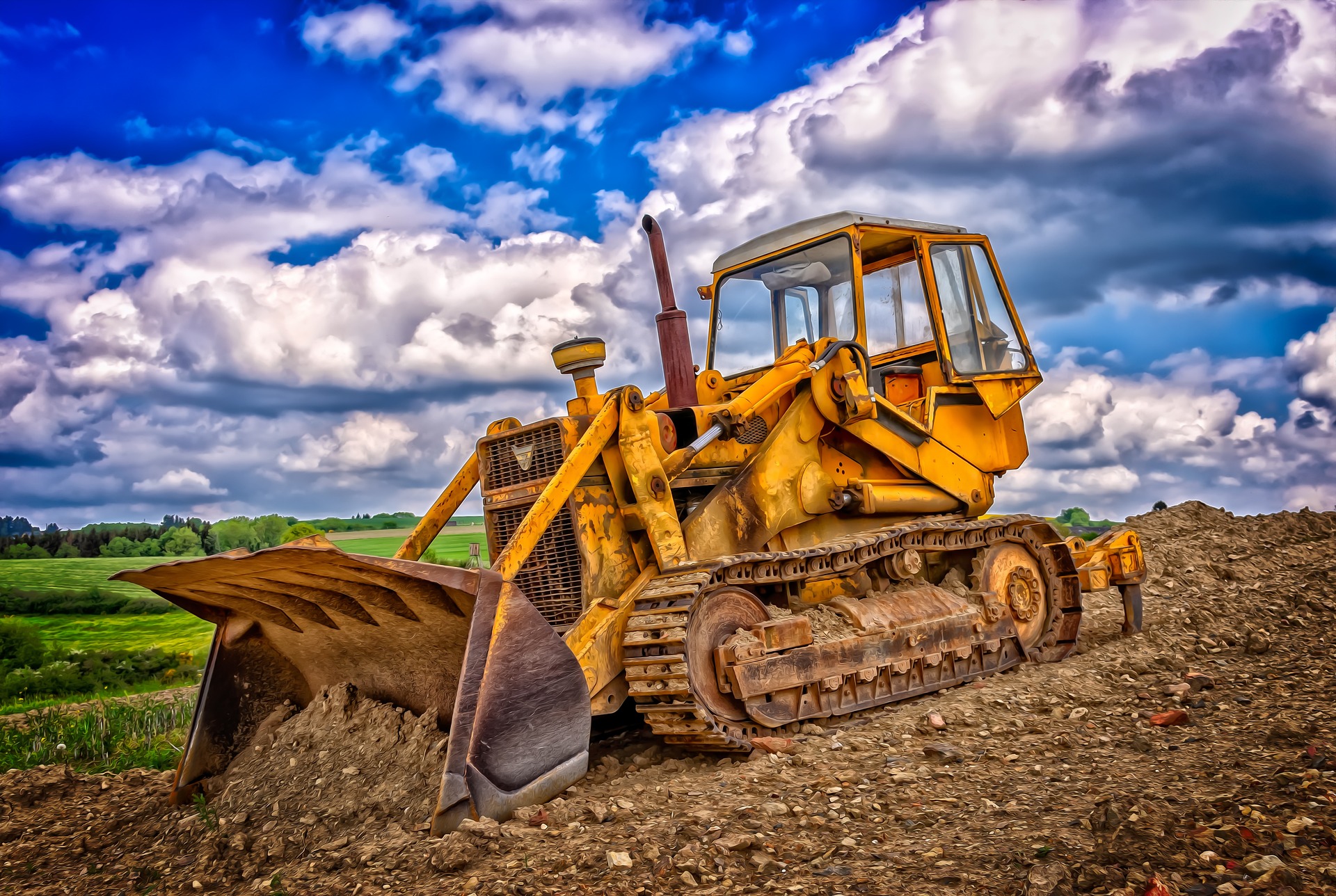Skid Steer Buyer’s Guide: Size, Used vs New, Tires, Attachments, Maintenance & Common Pitfalls
Buying a skid steer loader is a significant investment with many variables to weigh. Key decisions include choosing the correct size and lift capacity, deciding between used or new, selecting drive systems (tires vs. tracks), matching hydraulics to attachments, and assessing machine history like hours used. Also critical: knowing what to inspect, understanding maintenance demands, delivery or retrofit timelines, safety features, and avoiding typical buyer errors. This article presents the top ten questions prospective buyers ask—and provides clear, practical insights to help you evaluate options confidently before committing to your skid steer purchase.
Understanding Skidsteer Loader Size Classifications
Skid steer loaders are typically classified into three main categories based on their operating capacity and physical dimensions. Compact models, often weighing between 1,500 to 4,000 pounds, offer excellent maneuverability in tight spaces and are ideal for residential landscaping, small construction projects, and indoor applications. Mid-size units, ranging from 4,000 to 7,000 pounds, provide a balanced combination of power and versatility for general construction work, while full-size machines exceeding 7,000 pounds deliver maximum lifting capacity for heavy-duty commercial applications.
A mini skid steer loader represents the smallest category, featuring track widths under 36 inches and operating weights typically below 2,500 pounds. These compact machines excel in confined spaces where larger equipment cannot operate effectively, making them popular choices for utility work, tree care services, and residential construction projects requiring precise maneuvering capabilities.
Evaluating Used Skid Steer for Sale Options
When considering a used skid steer for sale, thorough inspection becomes critical to avoiding costly repairs and ensuring reliable performance. Key evaluation points include examining the condition of hydraulic systems, checking for excessive wear on pivot points and bushings, and reviewing maintenance records to understand the machine’s operational history. Engine hours serve as a primary indicator of wear, with machines under 2,000 hours generally considered low-use, while units exceeding 5,000 hours may require more frequent maintenance and component replacement.
Used equipment offers significant cost savings, often providing 30-50% lower purchase prices compared to new machines with similar specifications. However, buyers should factor in potential repair costs, limited warranty coverage, and the possibility of outdated technology or emission standards that may affect long-term operational efficiency and compliance requirements.
Rent a Skid Steer: Short-Term Solution Benefits
Rental options provide flexibility for projects with defined timelines or seasonal work patterns. When you rent a skid steer, you gain access to well-maintained equipment without the financial commitment of ownership, making it an attractive option for occasional users or contractors testing different machine specifications before purchasing. Rental agreements typically include maintenance coverage and operator training, reducing the burden of equipment management and ensuring optimal performance throughout the rental period.
Finding skidsteer for rent in your area often requires comparing rates, availability, and included services from multiple providers. Local rental companies frequently offer competitive pricing for extended rentals and may provide delivery services, attachments, and technical support as part of comprehensive rental packages.
Tire Selection and Performance Considerations
Tire selection significantly impacts machine performance, operator comfort, and surface protection. Pneumatic tires provide superior ride quality and traction on paved surfaces while minimizing ground disturbance, making them ideal for finished landscaping areas and indoor applications. Solid tires offer puncture resistance and longer service life in harsh conditions but may transmit more vibration to the operator and provide less traction on loose surfaces.
Track systems represent an alternative to traditional tires, distributing machine weight over a larger surface area to reduce ground pressure and improve flotation in soft conditions. While tracks typically cost more than tires and require different maintenance procedures, they often provide superior performance in muddy, sandy, or sensitive ground conditions where minimizing surface damage is essential.
Essential Attachments and Accessories
Attachment compatibility and hydraulic flow capacity determine the range of tasks a skid steer can perform effectively. Standard bucket attachments handle basic digging, loading, and material transport functions, while specialized tools like augers, trenchers, brush cutters, and hydraulic breakers expand operational capabilities significantly. High-flow hydraulic systems enable operation of demanding attachments such as cold planers, stump grinders, and snow blowers that require substantial hydraulic power.
| Equipment Type | Provider | Operating Weight | Estimated Price Range |
|---|---|---|---|
| Compact Skid Steer | Bobcat S450 | 2,365 lbs | $28,000 - $35,000 |
| Mid-Size Unit | Caterpillar 262D3 | 4,944 lbs | $45,000 - $55,000 |
| Mini Track Loader | John Deere 313G | 3,086 lbs | $38,000 - $48,000 |
| Used Compact Model | Various 2-5 Year Old | 2,000-4,000 lbs | $18,000 - $30,000 |
Prices, rates, or cost estimates mentioned in this article are based on the latest available information but may change over time. Independent research is advised before making financial decisions.
Maintenance Requirements and Common Pitfalls
Regular maintenance schedules directly impact equipment reliability, resale value, and operational costs. Daily inspections should include checking hydraulic fluid levels, examining tracks or tires for damage, and verifying proper operation of safety systems. Engine oil changes, hydraulic filter replacement, and cooling system maintenance follow manufacturer-specified intervals based on operating hours and environmental conditions.
Common pitfalls include neglecting preventive maintenance schedules, operating beyond rated capacity limits, and failing to properly train operators on safe operating procedures. Inadequate operator training often results in premature component wear, increased fuel consumption, and potential safety hazards that could have been avoided through proper education and adherence to manufacturer guidelines.
Understanding these critical factors enables informed decision-making when selecting, purchasing, or renting skid steer equipment. Whether choosing between new and used options, evaluating size requirements, or planning maintenance schedules, thorough research and professional consultation help ensure optimal equipment selection for specific operational needs and budget constraints.




